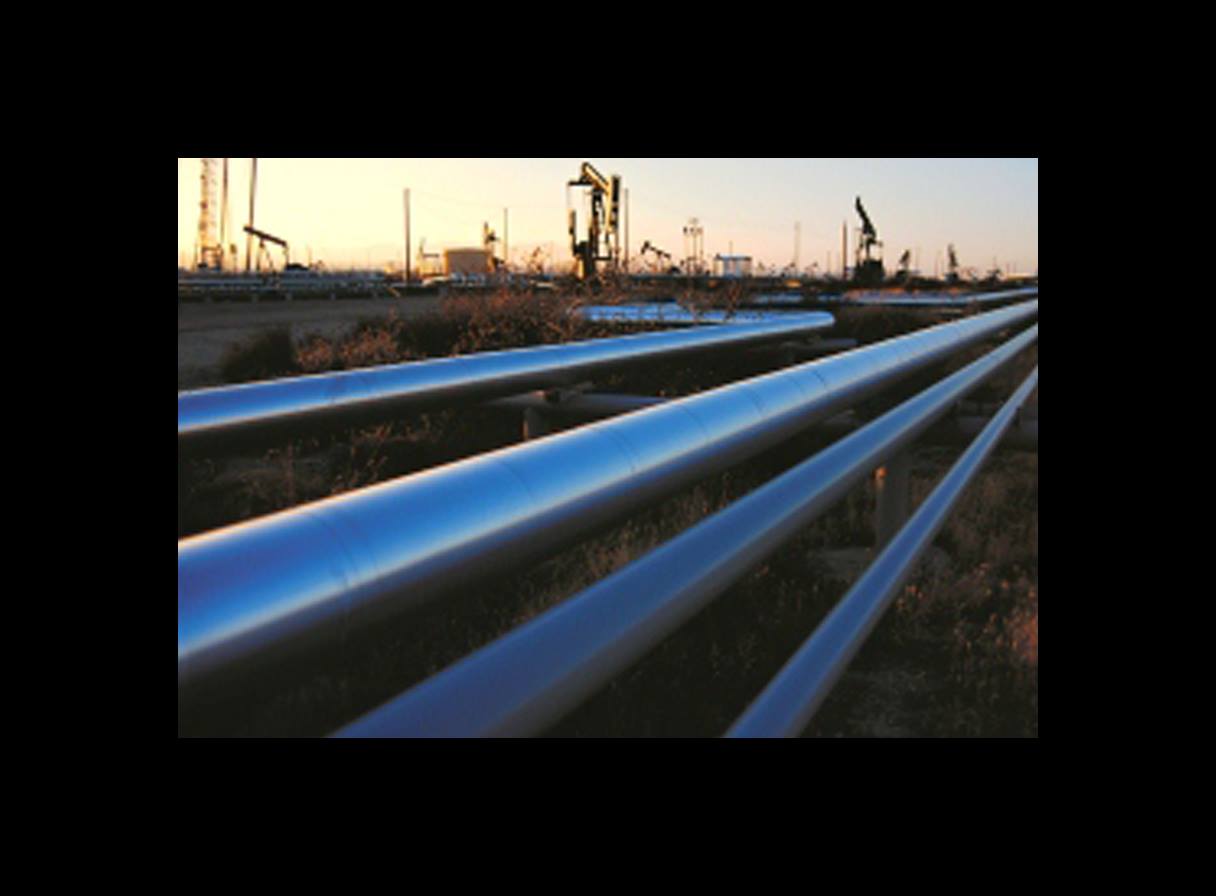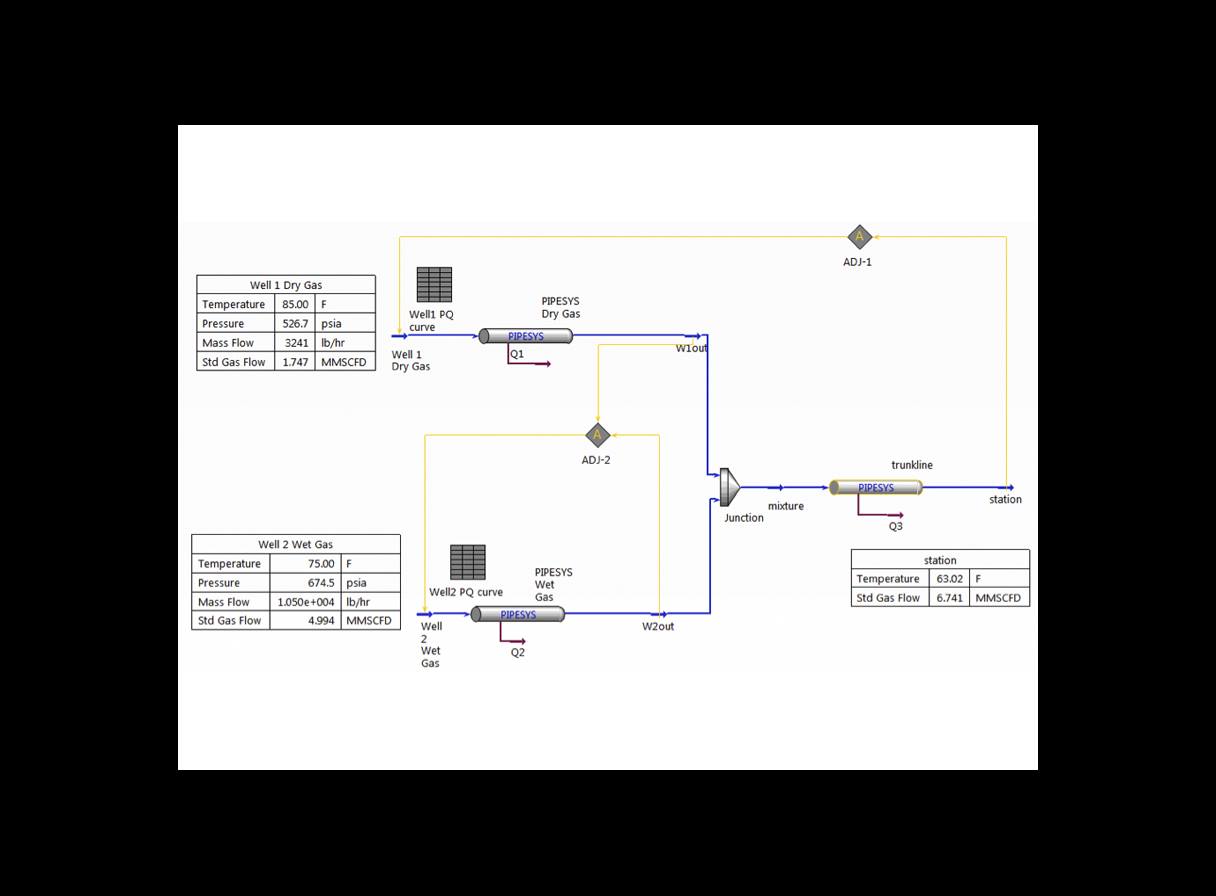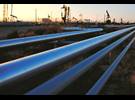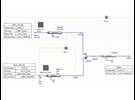Automate your models
The Pipesys pipeline hydraulics module for HYSYS, UniSim, and Petro-SIM simulation platforms allows you to model multiphase flow through the production system upstream of the processing facilities as well as through transportation pipelines downstream. The Pipesys module was designed to be used entirely within the familiar environment of the process simulator, with seamless integration to enable quick yet powerful analysis. This is an alternative to the PIPESIM steady-state multiphase flow simulator, which requires models to be built externally and linked.
For over 20 years, the Pipesys module has been used to enable optimal design and operation of pipelines and facilities. Detailed fluid models built and characterized within the process simulators are transferred to the Pipesys module for use in modeling the pipeline and equipment. Powerful sensitivity analysis may be easily performed on a variety of inputs by using the case study feature.
Pipesys module performs rigorous multiphase flow calculations based on a selection of industry-standard and proprietary methods, including the Olga dynamic multiphase flow simulator. For detailed heat transfer, a variety of options are available, including buried pipe, coatings, and cooldown calculations.
Equipment such as pumps, compressors, heaters, and fittings can be defined along the profile. Flow assurance checks on severe slugging, pigging volumes, and erosion may also be easily performed. Pipesys module enables you to:
- Model single pipelines or networks of pipelines in isolation or as part of a HYSYS, UniSim, or Petro-SIM process simulation.
- Design and optimize pipelines and equipment, such as pumps and compressors, to maximize production and capital investment.
- Develop flow assurance mitigation strategies for systems in operation.
- Rigorously model multiphase flow and heat transfer to ensure fluids reliably reach the delivery point.
- Size pipelines to minimize backpressure while maintaining stable flow rates and operating within the maximum allowable operating pressure.
- Size pumps and compressors and determine optimal locations to meet target flow rates.
- Quantify benefits of adding new wells, compression, pipelines, etc.
- Balance pipeline size against flow boosting to maximize economics using sensitivity analysis.
- Model the benefits of parallel flowlines.
- Calculate optimal burial depth and insulation requirements for pipelines.
- Identify risk of severe riser slugging.
- Manage pipeline integrity with erosion prediction.
- Size separation equipment and slug catchers to manage liquids associated with pigging operations and ramp-up surges.
- Identify risks of solids formation by performing cooldown calculations.
- Model valves and fittings.
- Account for emulsion formation.
- Report on many detailed variables such as flow pattern, liquid holdup, pigging volumes, and erosion risk.




